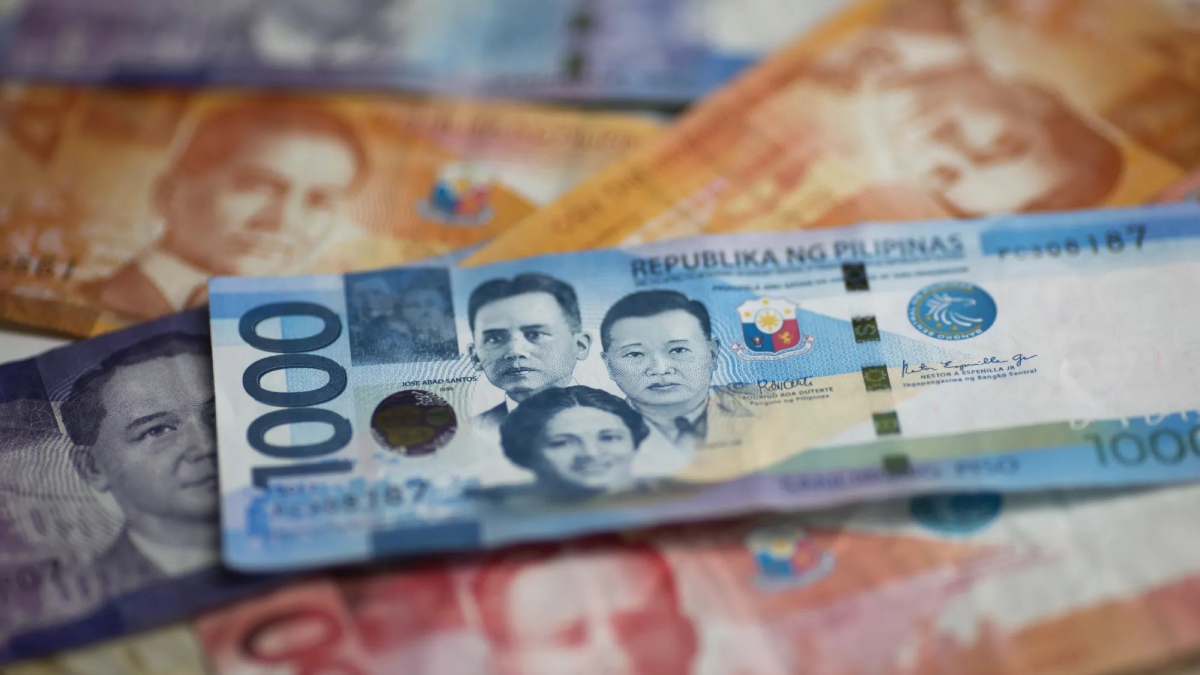The Marcos administration is set to increase the share of domestic borrowings in the country’s debt portfolio to 80%, aiming to reduce the risks posed by foreign exchange fluctuations amid the peso’s ongoing weakness against the US dollar.
“Our target is a funding split of 80-20, in favor of domestic [borrowings],” said National Treasurer Sharon Almanza in a GMA News report, highlighting the move as a core part of the government’s debt management strategy. Currently, the ceiling for local securities in the debt stock is set at 70%.
As of November 2024, the Philippines’ total debt reached a record-high of P16.09 trillion, with domestic borrowings comprising 67.87% (P10.921 trillion) and external obligations accounting for 32.13% (P5.169 trillion). The rise was attributed to net financing activities and the depreciation of the peso, which stood at P58.602:$1 by the end of November, compared to P58.198:$1 in October.
Department of Budget and Management Undersecretary Joselito Basilio affirmed that increasing domestic borrowings would help shield the debt stock from peso depreciation risks and stimulate growth in the local financial market.
“Our local banks are very liquid, and they are ready to invest in government securities,” Basilio added.
Finance Secretary Ralph Recto projected that sovereign debt could rise to P20 trillion by 2028, though he assured that economic growth, expected to reach P37 trillion, would outpace debt accumulation. The government aims to reduce the debt-to-GDP ratio to 57% by the end of Marcos’ term, down from the 61.3% recorded in the third quarter of 2024.
The shift to prioritizing domestic borrowings reflects lessons learned from the COVID-19 pandemic when aggressive foreign borrowing pushed the country’s debt-to-GDP ratio from 39.6% in 2019 to 60.5% in 2021.






